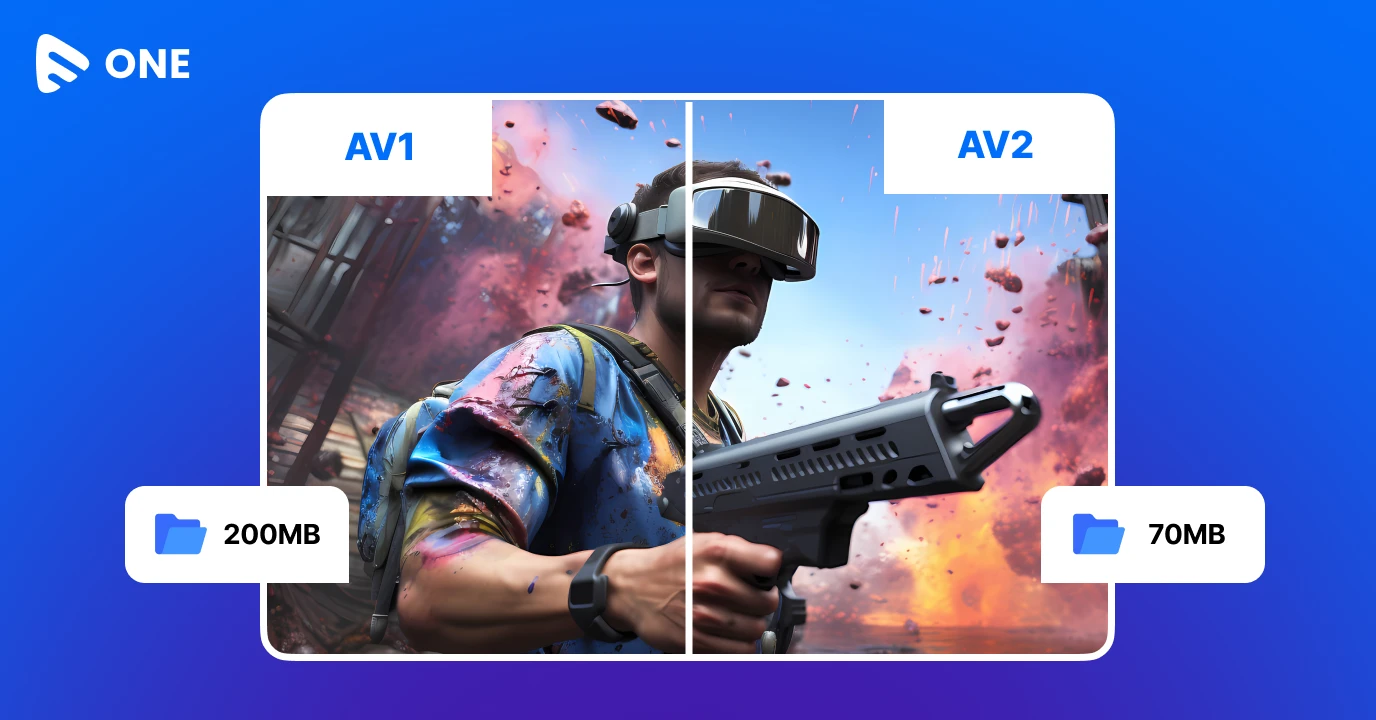Analytics and Reports act as a crucial parameter in determining the success or failure of OTT Platforms. Marketers /content owners rely on video analytics metrics to get a better understanding of how their videos are performing and addressing the areas where things are not going that great. To increase the reach and impact of your videos, you need to know how effective they are, and analytics help you achieve that goal. This blog will give you the reasons why you should invest in a robust video analytics tool and discuss the four most important video analytics metrics to achieve maximum video viewership.
Why is Video Analytics Metrics Important?
Having the right mix of analytics can not only help you entice new customers, but also retain subscribers and help you scale your OTT business exponentially. Video Analytics metrics are one of the key elements that can help you understand your video performance and help make informed decisions.
Video analytics metrics help you keep track of what works well and what doesn’t. To determine just how effective your videos are, you must understand the metrics and usage data. And these insights are harnessed by powerful video analytics tools.
Video metrics give marketers the power to improve. It’s only through tracking video views, attention spans, etc, that we can identify which videos work, and whether they help to generate leads, add to the pipeline, retain customers, and increase revenue. According to recent research, 73% of businesses now use some form of video analytics to track content effectiveness.
Powerful video analytics tools harness important data like:
- How many people have watched your video
- Average viewing time
- What days of the week receive the most viewership
- Average engagement rate
- Where the average viewer stopped watching the video
- Which videos are watched the most
- Quality of video experience
- What steps to take to improve video quality
Types of Video Analytics Metrics to Increase Video Views of your Streaming Platform
1 a. Demographics Report on Audience Age and Gender
Demographics report is an important video analytics metric that shows you who is watching your videos. This data is divided into three categories: age, gender, and location.
So, a detailed demographic report based on gender and age will highlight who your most engaged audience is and who is not watching your videos. You could use this information to modify your video creative to attempt to reach more of the audience you engaged, or reach the audience you missed. If you’re not reaching the right audience, try revamping your content strategy and focus on topics that your audience will be interested in.
b. Audience Location
Another crucial metric is tracking the audience location of your videos. If most of your audience is local, it indicates that your content can be a local viral sensation but that’s probably not going to help your bottom line. Check to see where your audience is to make sure those viewers are located somewhere they can opt for your product or service.
Pro Tip : To help reach a more localized audience, use keywords in your video script so that your video script gets indexed as text for search engines, and your videos can turn up on Google search results.
2. Overall View Count
The first question that often video creators ask after publishing a video is “How many views did we get?” If you find that your view counts are low, or begin to drop, you probably have to rethink your content strategy – understand what kind of videos your audience is looking for. Also try revamping your content distribution strategy and ask questions like “Am I publishing on channels where prospects are and are likely to watch?”, “Am I using interesting titles and thumbnails?”
3. Attention Span
Attention span data shows you the timeframe of your videos – exactly how much of your videos your viewers watch.
This metric gives you the information whether your video resonated with your audience or if they abandoned it—a possible sign that the video content needs refreshing.
Higher attention span rates are a sign that your video is engaging and your audience probably likes your content. However, it’s not the be-all and end-all of your videos. Studies show modern viewers will sit through anything that’s genuinely entertaining or useful. However, data has it that the average adult attention span is about 8 seconds, so you’ve got to win the hearts of your viewers before they click off in search of the next 8 seconds of gratification.
Interesting fact – The average length of all business-related videos is just over 6 minutes and more than 60% videos are less than 2 minutes long!
Ideal Length of Videos
The optimal length for videos varies based on type, channel, and topic. Here are a few rules of thumb:
- Webinars: 15-60 minutes
- Explainer videos: > 60 seconds
- Product videos: 1-2 minutes
- Sales videos: 15-60 seconds
Also Read: How to Get Started with Video Marketing
4. Total Video Click-Through Rate (CTR)
When prospects see your video, do they click on it? Total video click-through rate (CTR), also known as the play rate, or view rate, is the total views of your video divided by the number of people who clicked.
Video click-through rate = X no. of views / X no. of people who clicked
CTR is an important metric as it tracks the number of people who actually clicked on your video, meaning they are interested in your product or services. CTRs have everything to do with how interesting your title, call to action (CTA), and thumbnail are. For ensuring higher CTR rates, make your titles as intriguing as possible while still accurately explaining what the video is about, and without giving away too much. Another way to increase a video’s CTR is to make it the main focal point of your landing page or email.
Wrapping Up,
There are plenty of tools available to monitor and identify inconsistencies in your videos. The video analytics metrics mentioned in this blog are especially useful for developing and optimizing video marketing campaigns.
With Muvi you can Analyze and track the performance of all your video and audio content at minute level and details with our Analytics & Reports Section. Muvi Analytics & Reports helps you discover the real performance of each video and audio enabling you to continuously strengthen your content.
If you would like to learn more about how video analytics can help your business, contact Muvi today. Sign up for a 14-Day Free trial!















Add your comment